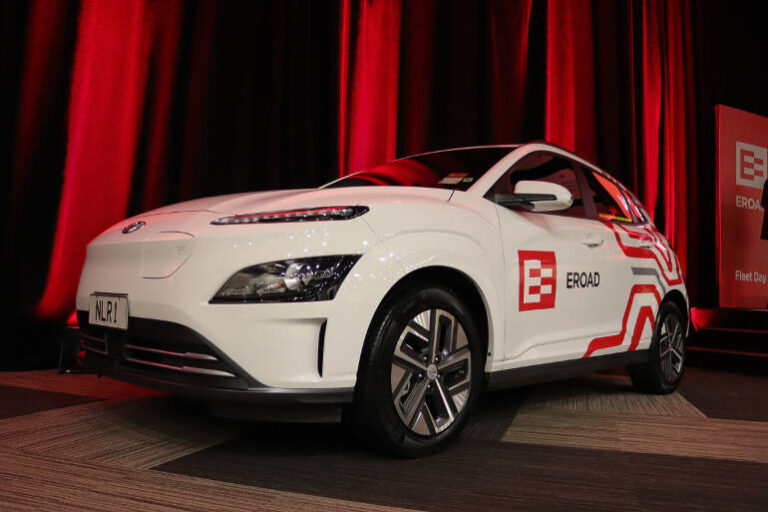EROAD was the first company in the world to implement a global navigation based road user charge, or RUC, system across an entire country. Since then EROAD has expanded into a full fleet management services group with operations in Australia, North America and New Zealand.
“Basically, we started off as the world’s first approved electronic tax systems recorder,” said Andrew Davies, general manager of EROAD New Zealand, adding, “We now serve whole of fleet.”
Its services and devices, cover almost the full gamut of telematics — route optimisation, idling and speed monitoring, driver behaviour management, automated registration and service scheduling, to name some.
EROAD devices, which include the original Ehubo electronic RUC system, are installed in hundreds of thousands of vehicles. Today, the Ehubo system processes around NZ$16 million in road user charges each week.
To give a sense of scale, EROAD processes more than half of the RUC tax collected by the NZ Government. The Ehubo uploads mileage data to the cloud, auto-renews expired RUC licences, pays transport authorities and even simplifies the process for off-road rebates. Most of NZ’s trucking companies, or an estimated 80 percent of them, use it.
Fuel tax legacies are forecast to narrow with the rising rate of EV adoption. Now as governments around the world grapple with how to maintain road maintenance budgets , road user charges for all vehicles using the roads are being more widely contemplated.
While now may still be the time for exempting electric vehicles from any such tax in order to incentivise adoption, a road user charge is being raised as a possibility in the future to replace fuel excise. Certainly, the notion has been raised in Australia as a potential measure to head off a drop in revenue as drivers shift away from more heavily taxed petrol and diesel vehicles.
Meanwhile, in 2015, changes were introduced to New Zealand health and safety regulations, bringing them into close alignment with nearby Australia’s own occupational health laws. Since EROAD devices were already installed in some 50,000 trucks in NZ and the new laws applied to trucks, EROAD set about developing telematics products and services to help fleet owners and drivers.
The jump over the Tasman to Australia with those products made perfect sense. In addition, EROAD was able to offer its NZ-based clients like Ventia, which had operations in Australia, a consistency of platforms and service.
“We have a lot of trans-Tasman fleets and a reason we came into Australia was to serve those customers, but we’re very much focussed on the Australian fleet too now,” said Davies.
EROAD Australia’s business development manager, Chris Emerson, said while the Australian telematics market was mature there was ample opportunity to grow its business here. He said their video telematics solutions, which won a NZ safety award in 2019, was particularly attractive.
“There’s a lot of interest in having video recording in the vehicles to give greater context around not only incidents that might happen but also around driver coaching and driver safety,” said Emerson.
In 2021, EROAD merged with their competitor Coretex, an NZ-based company serving customers based in North America and Australia. The move enabled the companies to leverage their joint scale and combine their expertise and product offering. This year they launched their first next generation product in the North American market, and they expect to bring the technology to the Australian market this year.
The company is also focussed on helping its clients ride the sustainability wave, one that is building simultaneously and similarly in all three of its jurisdictions.
“Sustainability has become the next major wave of what people want support with from their telematics company,” said Davies.
Clients are asking: “How do I reduce my carbon footprint? What vehicles do I convert to EV? How do I reduce my idle time? What’s the right carbon reduction vehicle for my fleet?” said Davies, adding, EROAD is here to help fleets work out the right solution.






